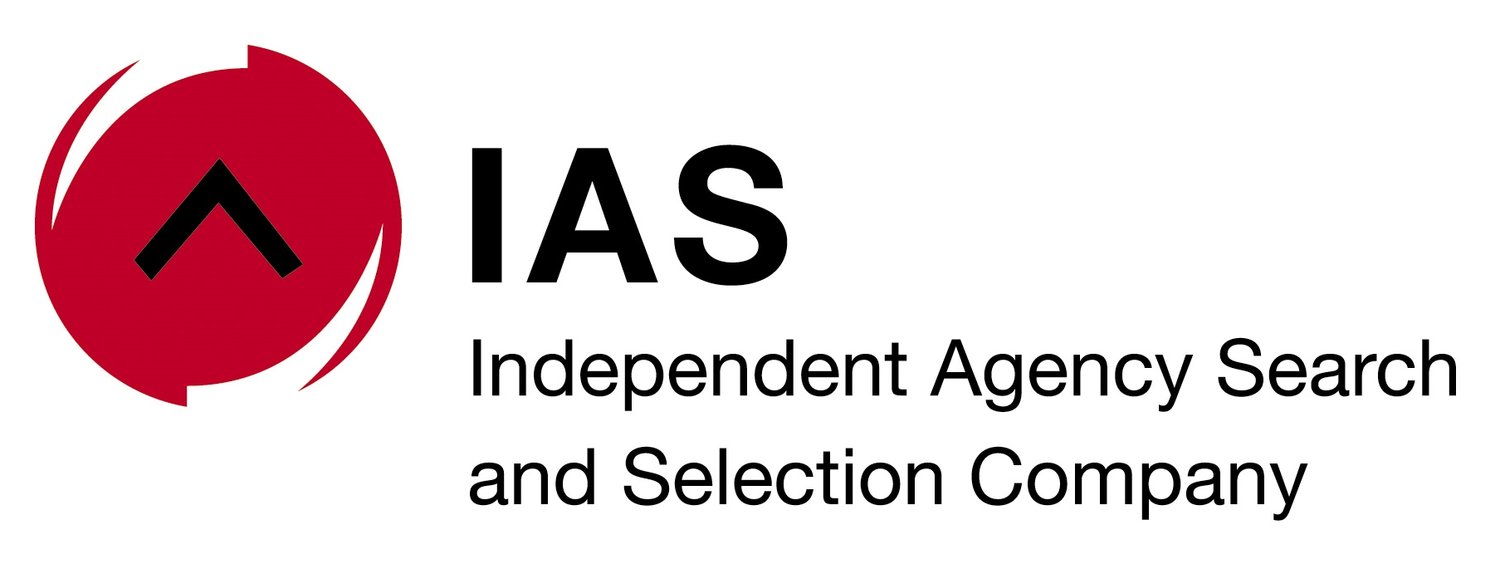The majority of chief marketing officers say current marketing processes are obstructing effectiveness and consistency, while only 13% are confident that they have the right processes in place to achieve their goals, according to a recently published report.
The report, “The Marketing Ecosystem Blueprint”, published by UK marketing consultancy AAR Group, a global intermediary in the marketer-agency space and an IAS associate, explores how chief marketing officers are approaching the challenges of effective ecosystem design, and whether there is a map for brands to follow that results in success.
Johanna McDowell, CEO of the IAS and Scopen partner, says collaboration within the marketing ecosystem will be essential to driving the change needed to deliver results.
“When we consider the kind of big advertising work and campaign creation that gets done these days, it’s more than the creation of, say, a television commercial. It’s a chain of collaboration, and while the big ideas are still absolutely critical to the success of a brand, how each link in the chain gets integrated into the final sale is the all-important process,” she says.
“As a marketer, it’s vital that agency collaborators understand how your business works, including constraints and barriers that will need to be overcome. If you’re a manufacturer of chips it may not be about a new packet of chips, but possibly about a new way of packing the chips or selling the packet. So, the process must begin with the question: ‘What are the barriers that will stop that idea from working?’”
Process change is really the new frontier now, McDowell adds. “David Droga, [founder of New York advertising agency] Droga5 and arguably one of the most creative people on the planet, formed a collaborative partnership by seeking out a company that could make the ideas work for clients, starting with technology and systems. Choosing a consultancy whose initial touchpoint with the brand is at the highest level and includes knowledge of the business, its systems and its manufacturing processes, the advertising agency adding its creative spark means that there’s no limit to what can be achieved.”
McDowell says an entire business model can be built around the understanding of the systems and the barriers and solving these to make advertising work.
“Marketing is no longer an island. It must integrate all the other disciplines within a brand’s business and then integrate the creative agency into the mix. This is why the hottest topic right now is collaboration within the marketing ecosystem. This collaboration is not about merely getting the various agencies working together, but includes partnerships with the client and the various extended teams across all sectors of the business, in order to produce the blueprint and, ultimately, its success.”
The report also finds that one of the biggest challenges facing chief marketing officers is keeping pace with digital and technological change. More than half of chief marketing officers (67%) are reviewing their platforms while 44% are researching technology to help deal with critical skills gaps, including digital, data and analytics. Holding up progress are lack of budget, poor planning, lack of skills, the need for process change and poor communication.
McDowell says there has been a rush to buy marketing technology to enable marketers to retain their edge, with progressive agencies assisting marketers and taking some of their burden off their shoulders by finding ways to work with marketing technology in combination with their own traditionally used technology.
“As the report points out, leading a marketing organisation is not about continually throwing more tools at the team, but rather about finding the ones that add value, while keeping the process as simple as possible. It’s a huge task, and solutions can only be found when the respective heads of marketing, finance and technology get together outside their silos to create real solutions,” she says.
In order to extract real value from marketing technology spend, the AAR report says marketers need to really understand how their company plans to adapt capabilities and design processes before purchasing and implementing new technology.
The AAR report says the effect of collaborative processes between internal teams becomes evident when a marketing ecosystem influences the broader operating system in terms of revenue growth, customer sales and customer relationship management.
“Marketers have to be brave enough to implement – at every level – the solutions that will result in a successful campaign,” says McDowell.
You may also be interested in

